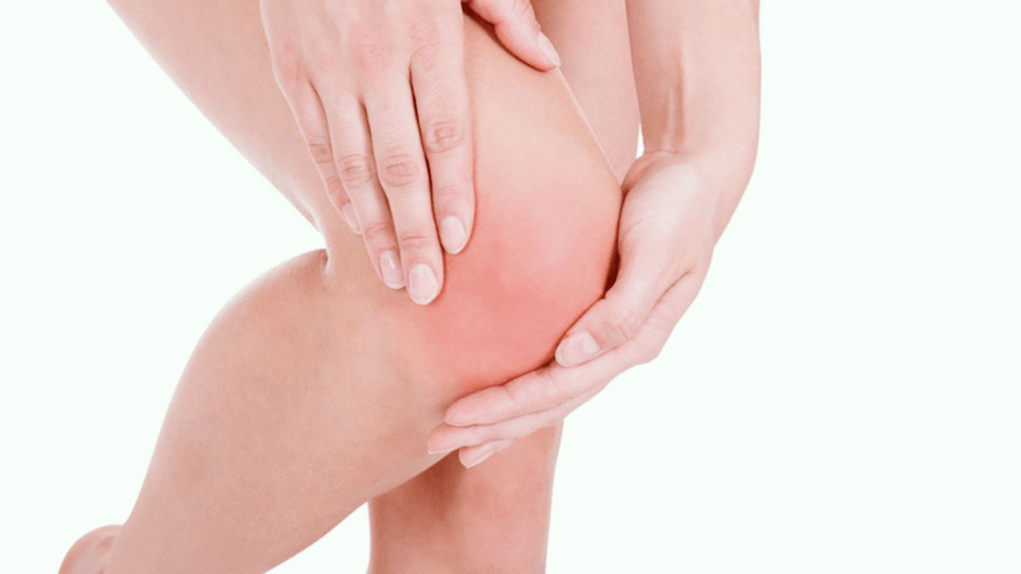With age, the cartilage tissue of the various joints gradually deteriorates, which is associated with the destruction of the common capsule itself and the elements that surround it. The knee joint osteoarthritis (also gonartrosis) is called knee cartilage degeneration.At first the disease is associated with pain, which can later lead to a significant restriction of movements and even disability.
The knee joint osteoarthritis (also gonartrosis) is called knee cartilage degeneration.At first the disease is associated with pain, which can later lead to a significant restriction of movements and even disability.
The symptoms of knee arthrosis
The main symptom of arthrosis is rare, regular or endless knee pain.The most common symptoms are:
- pain when changing position, moving up the stairs;
- pain in rest;
- knee stiffness after sleep - first for a short time, then up to 30 minutes;
- pressure, the sharp sound associated with pain;
- problems with the movement of the knee joint, rarely - the inability to bend the knee;
- visual deformation of the knee joint;
- swelling of the nearby skin;
- madness (a characteristic symptom of an advanced phase).
4 degrees
Manifestation of symptoms depends largely on the stage of development of the disease.For example, during the first phase the patient may not feel pain, but in phase 4 the pathology emphasizes pain and movements are very difficult.The development of pathology is divided into 4 degrees:
- The first is that there are no symptoms as such, but during an X -ray the doctor can detect minor deviations from the normal condition.
- The second is episodic pain, mainly observed during physical activity, while changing position, collection or movement above the stairs.
- Third, the pain is severe and appears constantly, even at rest.In this case, walking is only possible with the use of a cane.An X -ray detects a significant narrowing of the joint space, degeneration of the meniscus, and the spread of bone tissue.
- Fourth, knee movements are difficult or even impossible.X -rays show complete destruction of cartilage tissue, sometimes bones begin to join together.
Important!Even if you experience random pain in the knee joint, you should consult a doctor and get an X -ray.If the disease is detected early, the chances of healing are much greater.
Diagnosis of the disease: Where to go
For diagnosis, the patient turns to a therapist, then goes to see an orthopedic, rheumatologist, vertebrologist or kinemaidist (depending on the direction).Diagnosis involves interviewing, examining the patient and performing a number of procedures:
- general analysis of blood and urine;
- X-ray;
- calculated tomography;
- MRI;
- Ultrasound to study the joint knee capsule, as well as neighboring structures - muscle tissue, tendons;
- joint puncture (fluid collection for analysis);
- Arthroscopy (inserting a small apparatus into the coupling for accurate diagnosis).
The treatment of arthrosis of the knee joint
The course of treatment is prescribed by a physician.If the disease is not advanced, conservative therapy (no surgery) can be used.In this case, medication and physiotherapeutic procedures are indicated.As a rule, treatment is complex - the patient will use medicines from different groups:
- non-steroidal anti-inflammatory drugs for relieving pain-diclofenac, ibuprofen and drugs based on them;
- Hormonal medicines (corticosteroid group) - they are used in the event of ineffectiveness of other medicines;
- Antispasmodics - "tolperisone" and its analogs;
- Chondroprotectors - medicines that stimulate the process of cartilage tissue restoration: "chondroit sulfate", "glucosamine" in combination and separately;
- Drugs that stimulate blood saturation with oxygen, nutrients and improve blood flow ("pentoxifylline", "nicotinic acid" and others).
Medicines are used in various forms - externally (ointments, gels), orally (tablets), intramuscular and intraarticular (injections).Along with the medication, if necessary, the doctor may prescribe the following procedures:
- Shock wave therapy;
- magnetic therapy;
- Laser therapy;
- electrotherapy;
- phonophoresis;
- Ozone therapy.
In extreme cases, when the use of medicines and procedures for a long time does not give the desired effect, and also if the disease is severely advanced, treatment is only possible through surgery.Some types of operations are possible:
- Osteotomy - the surgeon cuts a bone, changes its angle to reduce the overall load on the knee joint;
- Arthrodesis - in this case, the doctor connects the bones together, which eliminates mobility and reduces pain, as a result of which the person can be supported;
- Endoprostetics - the total replacement of the affected joint with a prosthesis.



















